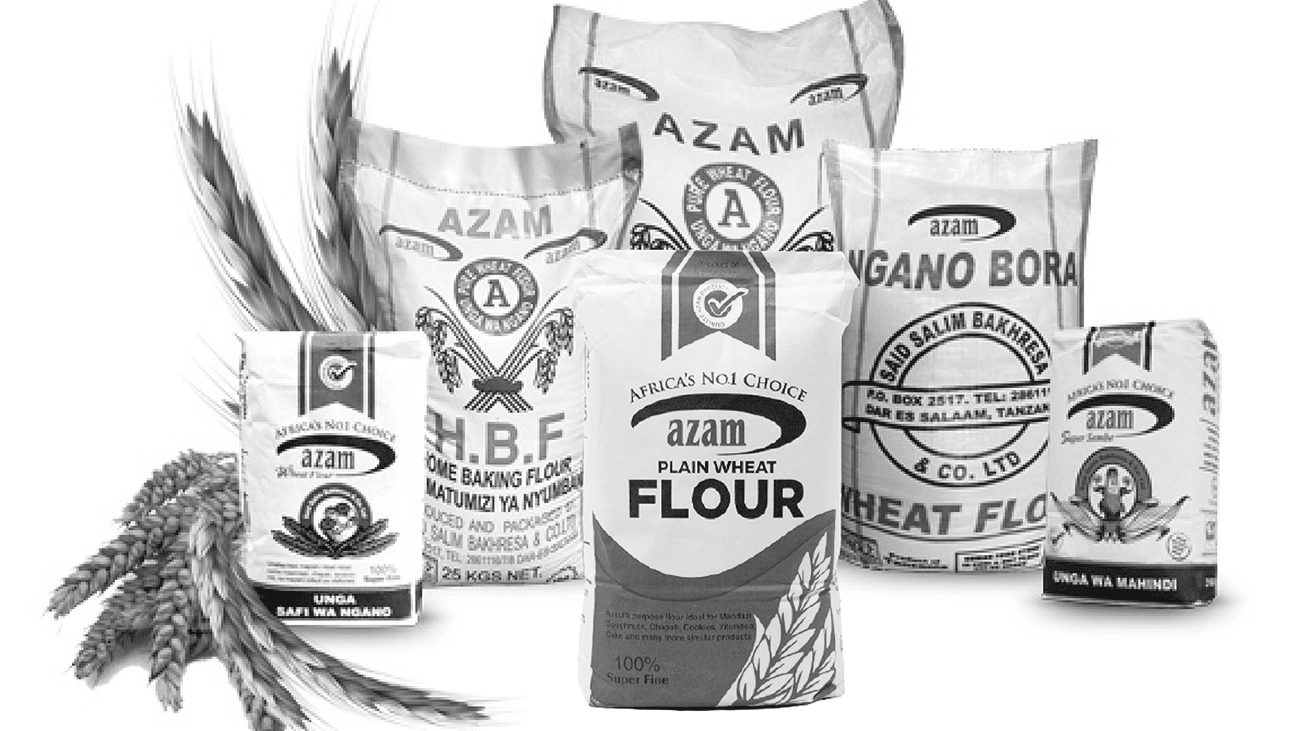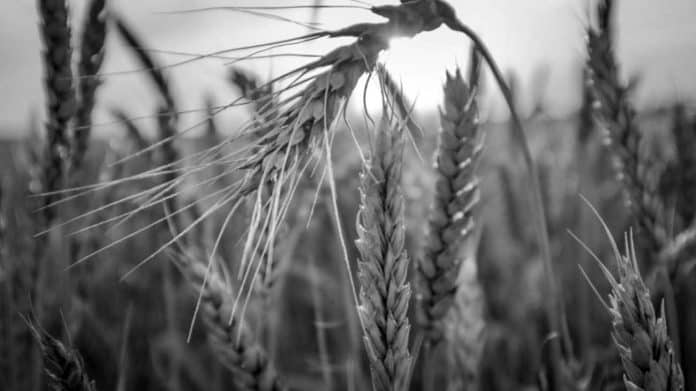Wheat Production in Tanzania – Commodity Context, Consumption, Trade, and More
Wheat production in Tanzania is not prioritized as a crop to drive the growth of the agricultural sector. There are no marketing or production subsidies in the wheat sector. The private sector—large commercial millers and farms—dominates the sector’s growth and operations. As a result, small-holder wheat production is a rather small and dispersed industry. During the liberalization period, government-owned farms were privatized through NAFCO (National Food Company). Except for a common 35% ad valorem border protection at the level of the EAC, where wheat is considered sensitive, direct incentives for market and product development are essentially non-existent.
Wheat breeding and research efforts are minimal in National Agriculture Research Stations (NARS) which makes it difficult for smallholder farmers to access improved seeds. However, Tanzania has the potential to produce over 164,000 t of wheat per year if proper policies are implemented to improve crop husbandry, marketing, and trade.
Production of Wheat in Tanzania
Approximately 90% of the wheat farming in Tanzania originates from the Arusha, Mbeya, Iringa, Manyara, and Kilimanjaro regions. Three of these areas are situated in the northern section of Tanzania – Manyara, Kilimanjaro, and Arusha – and the others are all in the Southern Highlands. Production of wheat in the south is mostly on a small scale, whereas production is mainly on a large scale in the northern highlands.
There are three levels of wheat mechanization: hand-tool, large-scale mechanized, and medium-to small-scale mechanized production.
The harvested area and wheat output fluctuated from 2000 to 2010. Since 2005, the area dedicated to wheat cultivation has progressively increased and achieved its all-time high in 2007. The rise in the area was matched by a precipitous decrease in yields, resulting in lower averages of area-to-period in 2008.
Consumption / Utilization

97% of wheat’s destination in Tanzania is food, while 2% is wasted and 1% is reused as seed. Tanzania imports a substantial quantity of wheat, with a portion of it re-exported to its neighboring nations. Wheat production in Tanzania and consumption ranks fourth after maize, rice, and cassava. From 2002 to 2007, the average calorie consumption of wheat was one-fifth that of maize. Wheat flour, which is both an intermediate and a final product, is the most commonly consumed form of wheat. Wheat consumption is significantly higher in urban regions (83%) compared to rural regions (17%). AZAM dominates the wheat milling industry, with AZANIA Company coming in second. Both companies are based in Dar es Salaam and supply wheat products to customers in Central and East Africa.
Wheat product prices (bread, buns, chapatti, and cakes) have risen in recent years because of increasing global prices. The domestic wheat supply (approximately 100,000 tonnes annually) is insufficient to fulfill local demand and imports on a huge scale are necessary to meet demand. A 500-gram loaf of bread, which sold for 500 Tanzanian shillings for the last four years is now trading for between 800 and 700 TZS. Similarly, chapati, which was once offered for 100 TZS, is now sold at 300 TZS. Although these items play a vital role in the urban diet, demand has declined due to high prices, which will predictably diminish the income of the women traders.
Trade and Marketing
The UN COMTRADE database helps to identify the trade patterns for meslin and wheat (HS 1001). In the case of wheat, Tanzania is an importer overall, with traded volumes exceeding six times local production. Furthermore, the majority of Tanzania’s wheat exports are listed as re-exports. For the most part, the country’s trade in flour is a net exporter, with trade amounts in flour translating to 15% of domestic wheat production in Tanzania and exports of wheat flour accounting for a non-negligible portion of total local wheat supply and wheat flour imports (8 % from 2000-2010 and 11 % in the study period). Furthermore, except for 2005, when re-exports accounted for 86% of overall exports, re-exports remained minimal (less than 1% of total exports).
Australia, Argentina, and Russia are the primary sources of wheat imports. Europe edges out South America in imports, followed by Asia, the Middle East, and North America. Tanzania buys a relatively modest quantity of wheat from the other African nations.
In terms of wheat flour, the region’s major export destinations are within the region, with DRC contributing to more than 75 % of exports and the remainder being delivered to other EAC partners.
Value Chain and Processing Description
Wheat travels via one of three distinct supply chains before reaching rural or urban customers. The 1st supply chain involves small-scale farming in the Southern Corridor, the second is the no-longer-active Regional Cooperative (RC) farms, and the third involves large-scale activity. Each system runs autonomously from farms to the ultimate customers. Bakheresa Limited is the main operator in large-scale activities with many responsibilities along the value addition and supply chain, Azania and Mohamedi Enterprises Ltd follow closely. Wheat is supplied by huge commercial companies and farmers to large milling facilities such as Bakheresa. Due to insufficient domestic wheat production in Tanzania, Bakheresa imports wheat from various foreign markets for its milling sector, and in turn, sells various wheat products to Central and East Africa. Exports also entail bakery items, which are supplied within Tanzania via a variety of retail stores. The small-scale chain includes intermediaries, home bakers, and small-scale mills that can also serve as retail outlets for finished goods.
Imported raw wheat enters the nation through the ports of Dar es Salaam and Mombasa. It is then transported via road (for Mombasa imports) to milling firms in the Arusha and Dar es Salaam areas for processing. Domestic wheat production is concentrated in a few areas, including Kilimanjaro, Ludewa, and Iringa-Ihemi. Raw wheat is transported from Iringa to Dar es Salaam, where it is milled and distributed to informal confectioneries and bakeries around the nation.
Wheat prices have been rising during this time, and this pattern is consistent regardless of the market under consideration. Moshi and Tanga had the highest prices. Both markets are near the Kenyan border, where prices are higher as a result of increased demand from Kenya, where wheat prices are higher. All places with cheap pricing, such as Sumbawanga and Iringa, had relatively high levels of output. Border towns like Sumbawanga have the opportunity to trade with Zambia and Malawi, but wheat commerce is minimal because maize is the most often traded product.
Policy Measures and Decisions
Despite accounting for barely 4% of per capita calorie consumption, wheat’s economic relevance cannot be overstated for two reasons. To begin with, the majority of wheat consumed in Tanzania is imported, signaling that price fluctuations in wheat exporting nations may have a big influence on the foreign exchange market reserves. Second, since the effective wheat demand is concentrated in urban regions with rapid population growth, the demand for wheat will inevitably rise as that population increases.
Wheat marketing and trading operations in Tanzania have changed dramatically. Before market reforms in the agricultural sector, the government-controlled marketplaces limited the role played by private traders via limitations on quantities handled and farm-level procurement rights. These policies were designed to secure food self-sufficiency. Roadblocks were placed along main commerce routes to reduce inter-regional commerce as a policy-enforcing mechanism. In 1991, all policies distorting trade were lifted following the implementation of IMF-recommended reforms.
These changes resulted in the active engagement of private investors and merchants in the wheat production in Tanzania sector. However, a variety of Non-Tariff Barriers (NTB) continue to impede local commerce, including multiple weighbridges and bribes collected during police inspections at border crossings.
Wheat is classified as a sensitive product under the EAC’s external Common Tariff. various wheat forms and hard wheat are classified as HS Codes 10019090 and 10019020 respectively, and have zero tariffs for members of EAC and a 35% tariff for non-members. However, starting on July 1, 2007, Uganda and Tanzania reduced the CET to 10%. The CET in Rwanda and Uganda was waivered from July 1, 2009, whereas Tanzania retains it at 10% for another year while Kenya decreased the CET to 25%. The CET has altered again in 2010, and Rwanda removed it entirely, whilst Uganda, Tanzania, and Kenya maintained it at 10%.
Wheat flour, on the other hand, has a CET of 60% to encourage milling development, and no explicit waiver was in existence from 2005 to 2010.
For more articles related to Food Crops in Tanzania, click here!

































